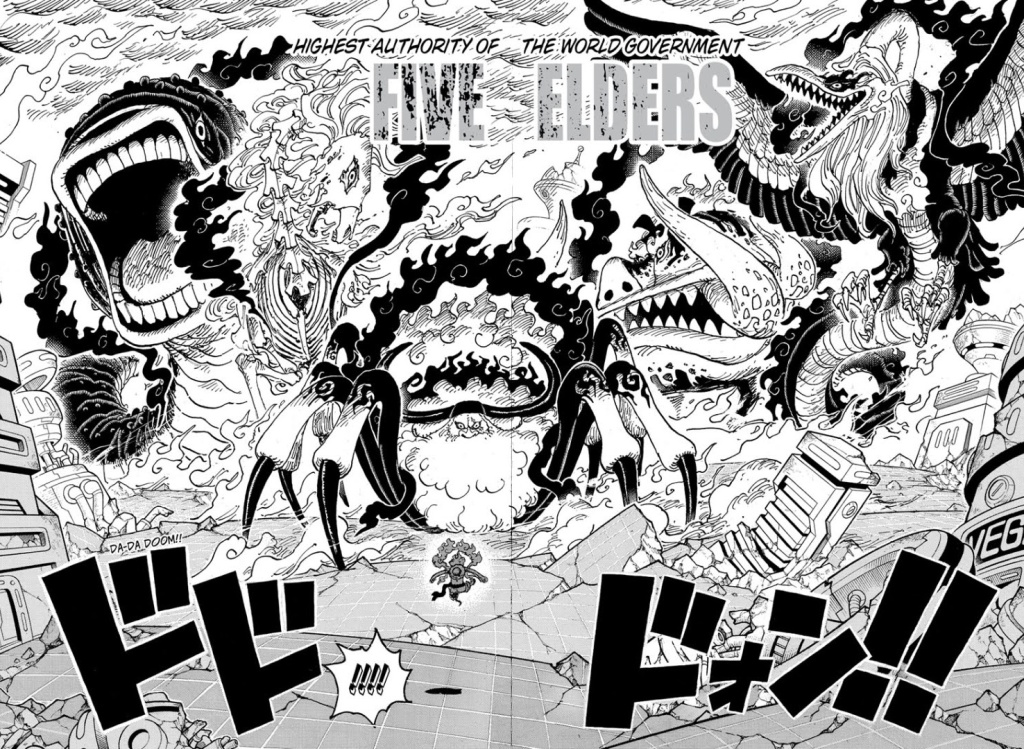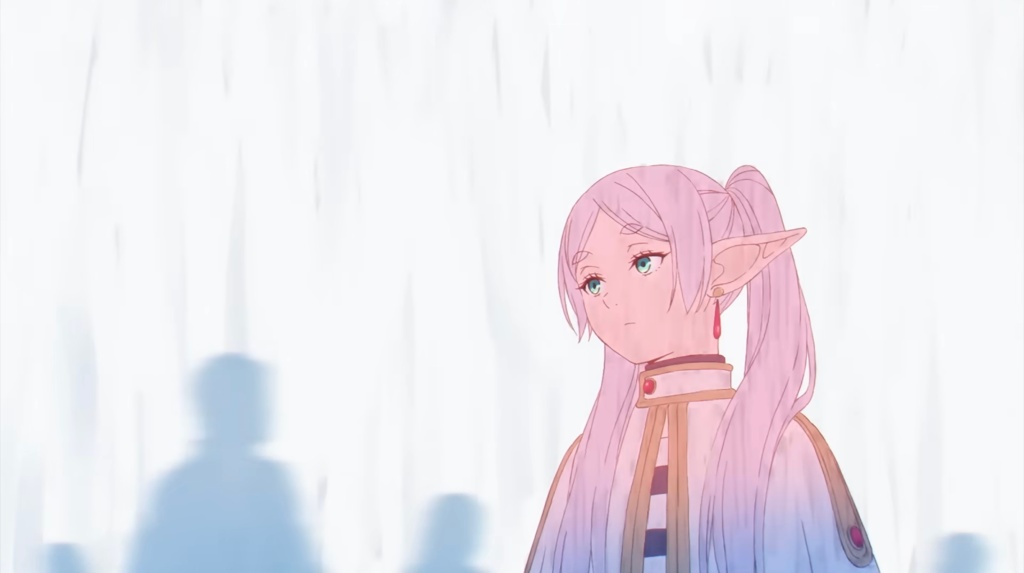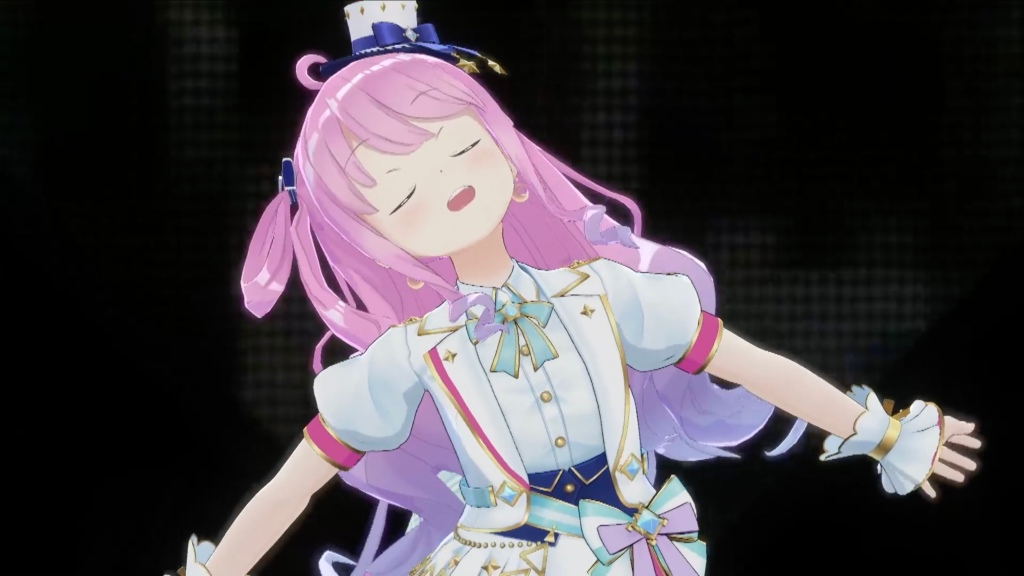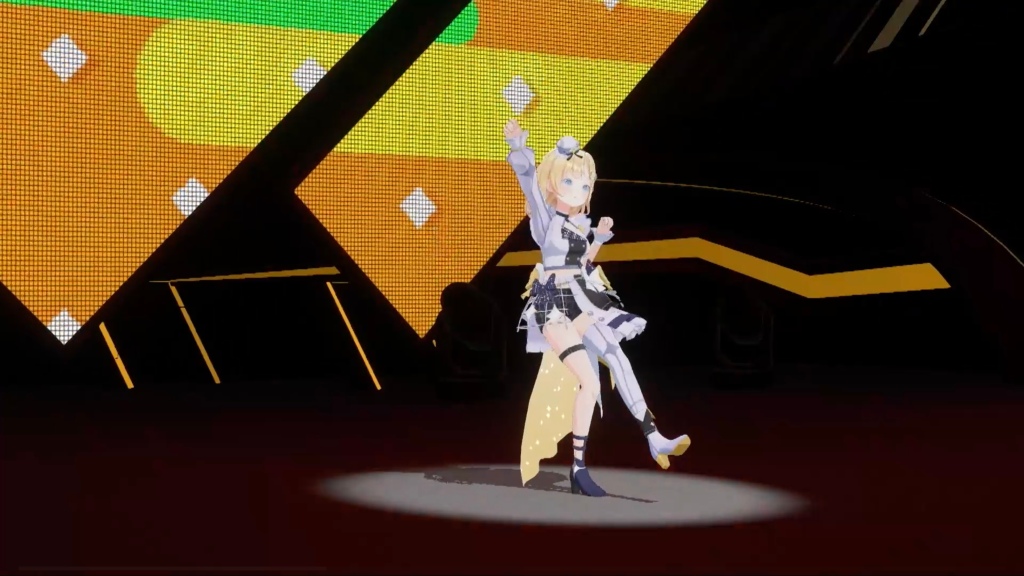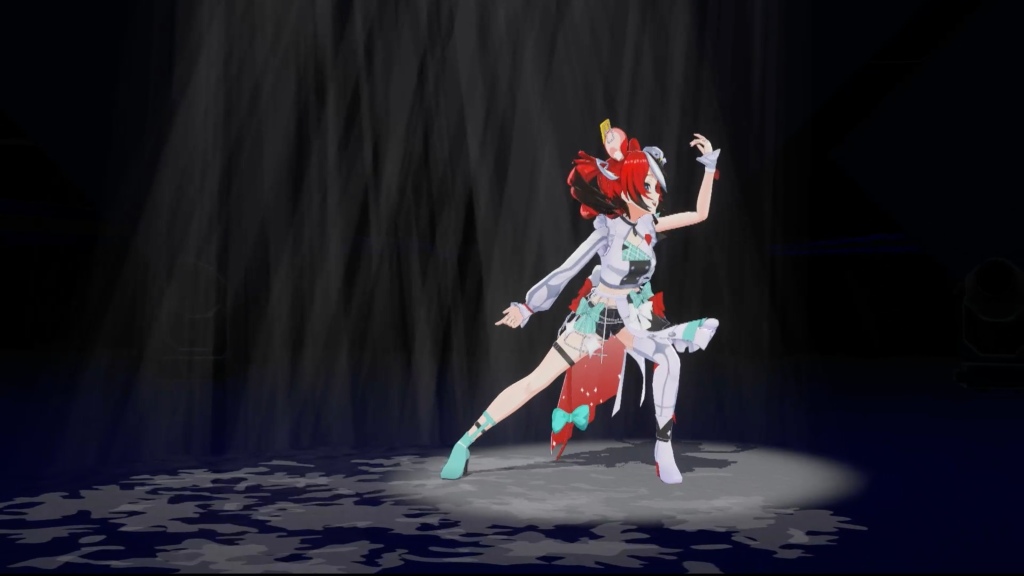
On my trip to Japan last year, I stayed briefly at Meigetsuso, a hot spring ryoukan located in the city of Kaminoyama in Yamagata Prefecture. The reason I picked Yamagata is that it’s Ogiue’s home prefecture. No, really—I specifically started with “I want to visit where my favorite character is from,” and worked backwards. Based on that, as well as availability, I landed on Meigetsuso, which translates roughly to “Tomorrow’s Moon Inn.”
A ryoukan, or Japanese-style inn, embodies the notion of “traditional Japanese aesthetics,” between the paper-screen doors, the tatami mats, and the traditional cuisine. It provides the sort of experience one typically doesn’t get as a foreigner otaku who’s prioritizing anime and manga, but I’ve found that on the rare occasion that I get to stay at a ryoukan (particularly if it’s attached to a hot spring!), the experience is worthwhile. And by taking the effort to neither essentialize or exoticize the culture, I believe I can comfortably appreciate the way these inns give their guests the red-carpet treatment, so to speak.
I arrived in the city via shinkansen on a snowy winter day after eating a special Tohoku-themed train bentou. While public transportation can get close to the inn, I decided to travel by foot in order to explore the area a bit.
One fun find was a small anime store called Himitsu Kichi, or “Secret Base.” It was charming in a way that reminds me more of a humble local comic book shop back home, the kind that’s far less prevalent today. The most prominent series at Himitsu Kichi was definitely Laid-Back Camp, and a Love Live! Nozomi tapestry greeted me at the entrance. I bought a button featuring Kaminoyama An, a character who represents the region in the Onsen Musume franchise.
After some time traversing uphill, I eventually made it to Meigetsuso, which was a little ways up the mountain. It wasn’t an ultra-challenging climb or anything, but my legs definitely got a workout.
The Meigetsuso building itself is gorgeous both inside and out. It did indeed look a lot like my animes, but even setting aside the associations with tradition and all that, I couldn’t help but be in awe at how relaxing it felt just to walk around. The room itself was similarly beautiful and pleasant, and the hot spring was naturally amazing to the point of being downright addictive. I don’t know if any of the purported healing properties of hot springs are real, but I definitely felt better after jumping in one.
There was a room called the Sasa room (written with the same kanji as “Sasahara.”) Naturally, I had to take a picture of it with Ogiue.
The staff treated me like a VIP, and while it cost a pretty penny to get that luxury (more on that later), I can’t deny that I got my money’s worth. Most of them did not speak English, but a combination of my relative fluency in Japanese and their occasional use of translation apps helped smooth things over. I suspect that for those who don’t know any Japanese, that app ends up getting a lot more work.
As for food (aka one of my favorite subjects), I loved the fact that much of what they serve is either local dishes or made from local ingredients.
Upon settling in the room, the attendant served a small set of assorted snacks that included fruit, jelly, their own house-made senbei rice crackers, and other things I didn’t entirely recognize. Nothing was super sweet (as expected of Japanese food), but it was all quite pleasant.

There was also a large pot of conjac jelly balls available in a lounge area through the afternoon, with a side of spicy mustard also available. It was actually my first time having conjac, and it turns out that I’m quite a fan of its gelatinous texture. If I didn’t have a large meal that evening, I probably would have kept eating them!
That dinner was kaiseki, a type of dinner with multiple courses of small servings, and one of the fancier ways to eat in Japan. The only times I’ve had them is at ryoukan, where it was included with the cost, and part of what makes them a good deal if you can afford to stay in the first place. It was a wonderful experience that included some of the best steak I ever had, fresh sashimi, a unique form of wide udon noodles, and even my first time eating fugu! In the last case, a part of me was worried about the whole lethal poison thing, but here I am, alive.
Rice is apparently a source of regional pride in Yamagata, and dinner came with their most famous breed: Tsuyahime, which had a chewy texture and a subtle sweetness that really stood out to me. It was one of the last parts of dinner, after I was absolutely stuffed, but they offered to make the leftovers into rice balls for snacking at a later time. I happily obliged.
The morning brought a breakfast that also consisted of many small dishes, such as a burdock root dipping sauce for vegetables, rolled omelets, grilled fish, and Yukiwakamru rice (instead of Tsuyahime). The rice could be served as a plain bowl or as a porridge, but you can (and I did) ask for both. This one is apparently famous for being popular with people who just like to eat heaping helpings of rice unadorned, and I’m inclined to agree.
All in all, I was the proud owner of a very satisfied belly.
I won’t deny that this was a very pricey excursion, and that for many, including myself, it’s definitely something you need to save up for. Even so, the quality of service and the blissful atmosphere provided is really worthwhile for how much it costs. Meigetsuso ended up being less expensive compared to a similarly luxurious resort or hotel. The currently strong dollar to yen ratio also helped tremendously, but even if that weren’t the case, I think Meigetsuso was a fantastic place to stay and even come back to. The only reason I wouldn’t return is because I don’t make trips to Japan often, so I might want to share the love elsewhere. But if I did live in Japan, I could see myself making annual trips to Kaminoyama to enjoy their hospitality.













